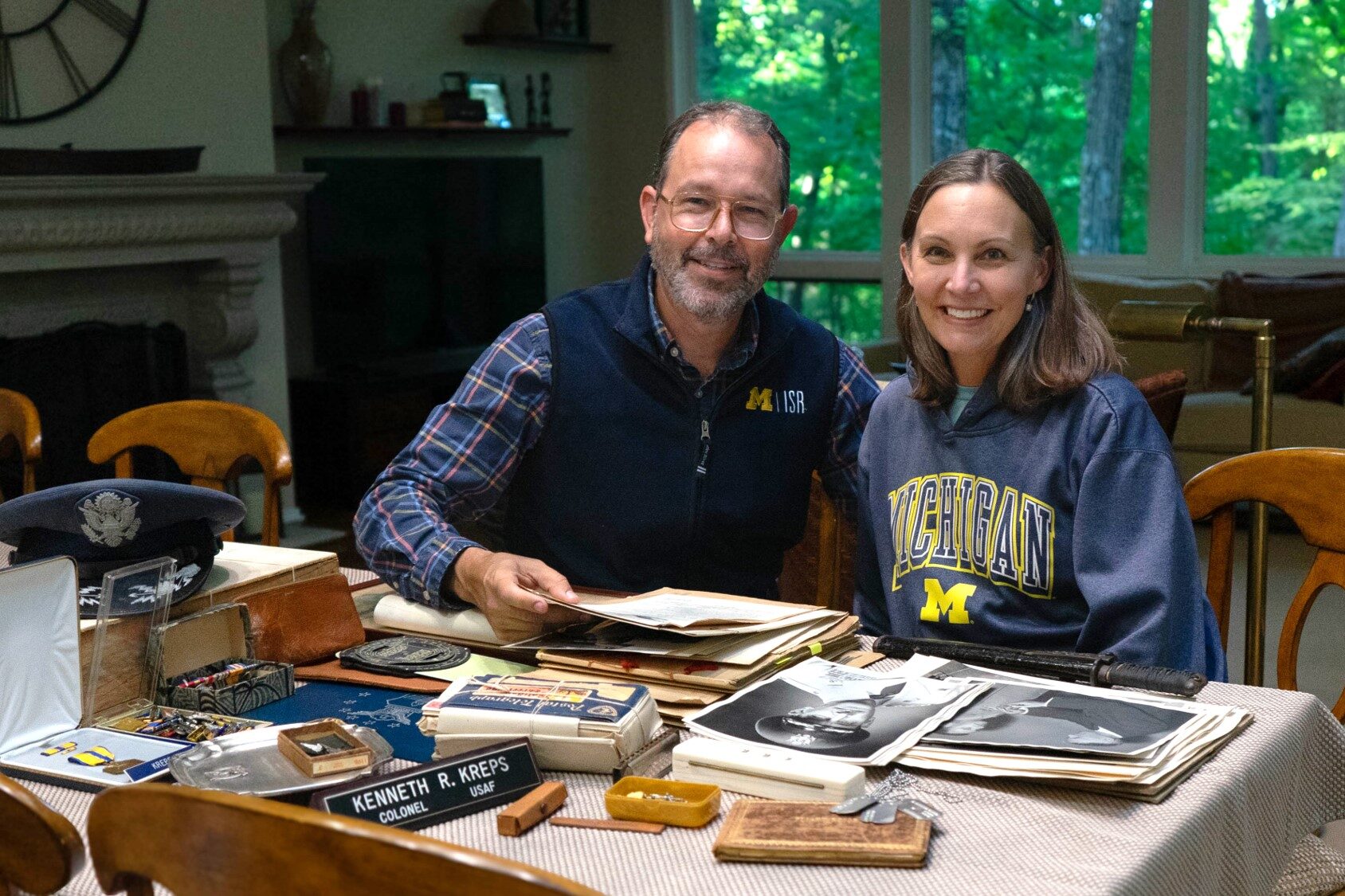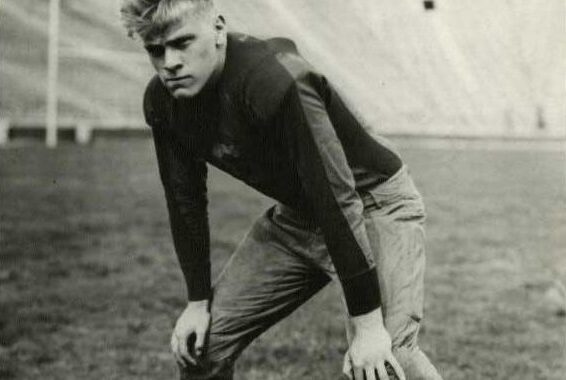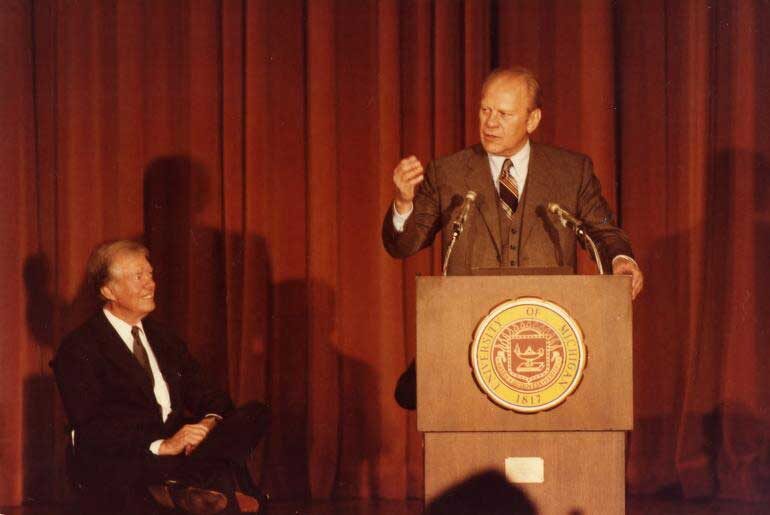A family’s quest for a hero’s ‘war chest’

From undisclosed honors to covert operations, the valiant military exploits of Colonel Kenneth Kreps were veiled in secrecy until a fateful discovery by his descendants. Witness the unveiling of a World War II hero’s saga as his family unpacks a long-lost treasure trove of historic memorabilia.
-
The great pipe organ
How one of the world’s great musical instruments made its way from Detroit to Chicago to Hill Auditorium.
-
Going global
Why would U-M embark on a formal research collaboration with a university in Shanghai?
-
The quintessential correspondent
30 years ago, reporter Tony Collings took a chance on a job with a brand new TV network called CNN. Now on the U-M faculty, he looks back at a time when 24/7 news seemed nutty.
-
A mom's reinvention
Beth Myerowitz graduated this spring after overhauling her life and career, at 59, to attend U-M. But that’s not the only unique part of her story. Right at her side at spring commencement: her son, Joshua Sánchez, who earned his own graduate degree.
-
Most Americans live surprisingly close to their mothers
Most Americans live within 25 miles of their mothers, according to a report issued by the University of Michigan Retirement Research Center.
-
DoGood movement grows: Student iPhone app acquired by national company
The popular DoGood iPhone application developed by U-M students last year has been acquired by Tonic, a digital media company. It’s the latest of dozens of inventions by U-M students and faculty that are transforming the Michigan and national economies.
Columns
-
President's Message
Eureka! A look at the knowledge ecosystem
With $1.86 billion in research funding, U-M is leading the way in everything from energy solutions to artificial intelligence. -
Editor's Blog
A crisis by any other name…
You know what they say about opportunity. It knocks but once before the door slams shut. -
Health Yourself
So much for farm to table … We’ve got lab to table now
Who's ready to eat chicken that scientists 'hatched' in a lab and not from an egg? -
Climate Blue
How to keep your head above uncharted waters
Ricky Rood says goodbye to Floodtown as he guides us through the changing climate.
Commemorating an exceptional presidency
Fifty years ago, at a time of great division and turbulence in the U.S., Gerald R. Ford was sworn in as the 38th president of the United States. President Ford’s legacy is very much alive at the Ford School of Public Policy. This slideshow is inspired by the school’s recent tribute, “A life of public service,” in the Spring 2024 issue of State & Hill magazine. As noted by the editors, the values that distinguished Ford remain highly relevant to policy students today: his lifelong commitment to principled public service, his integrity, and his ability to connect across differences to forge consensus.















